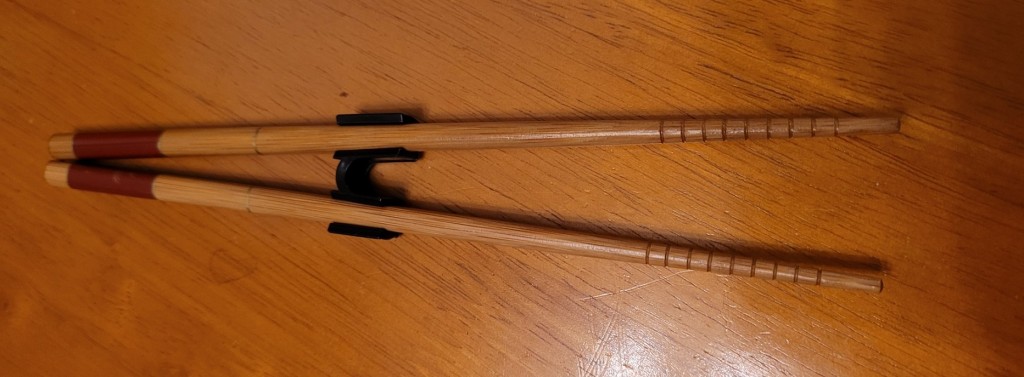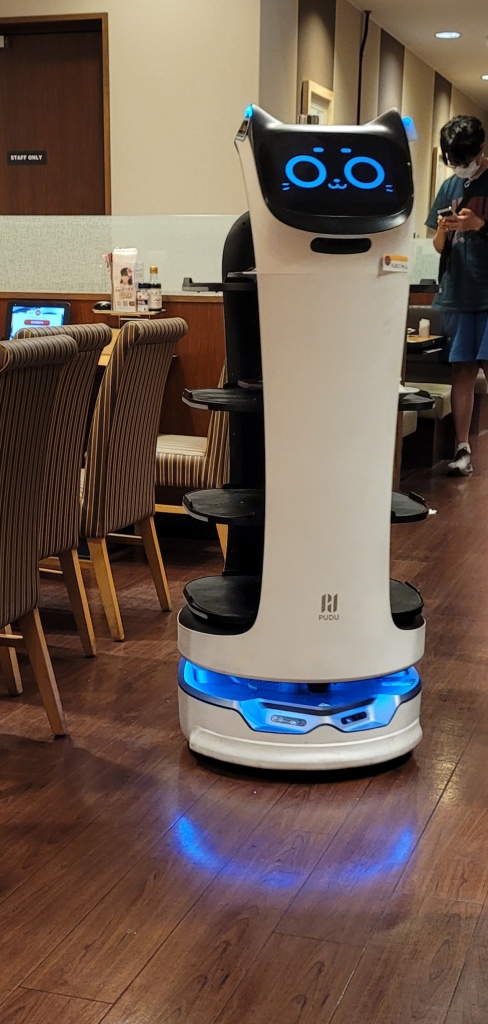
If you read my last blog post, you’ll know that we recently travelled to Japan to go and visit our daughter, Charlotte. Our son, Kieran, came with us. Kieran is autistic, so how autism friendly is Japan? Before we flew out, we were a bit concerned about how he would cope. As it turned out, Kieran found it easier than we expected. Here are some of the reasons why.
Rules
Japan appears to be quite rule-based when you’re out and about. This made it easy for him to know what he was meant to do. The pavements are often shared by pedestrians and cyclists, but people walk on one half of the pavement and cyclists use the other half. If people are across the pavement they move over to allow pedestrians coming the other way and cyclists to go past. There appears to be no ‘pavement rage’ in Japan!
When you go to cross the road there are what we in the UK would call zebra crossings. However, there is also a ‘green man/red man’ signal. No one crosses until it is green. Whilst you are waiting to cross, no one stands too close to anyone else. This again was good for Kieran as, being touch-sensitive, there was no chance of anyone else accidentally touching him.
Even in the busy train stations space was given to other people. People also indicated with a wave of a hand that you could go first – no pushing past people like we can often have in the UK. When travelling by train, there were set areas where you stood (in line, of course!) to wait to get on the train. When the train arrived, the carriage doors stopped exactly at that spot and anyone waiting waited until everyone that needed to had got off the train before they boarded. If you’ve ever travelled by Tube train in London, you’ll know this rarely happens here.
Quietness
Another thing that helped Kieran was that Japan is a fairly quiet country. Hardly anyone talks loudly/shouts. The main exception to this was from tourists (we had been warned against being noisy by our daughter, although regular reminders were required!). By the end of our time there, we were even thinking ‘talk quietly’ when we saw someone being too loud. The place where we noticed the most how quiet it was was when travelling on public transport. In Japan, any conversation on public transport is done using whispers, phone calls aren’t made (or received) and if you’re watching a video on your mobile/tablet, you use headphones so you don’t disturb other people. Here in the UK travelling on trains and buses can be very different. It often requires Kieran to put a hood up or wear noise-cancelling headphones to lessen the noise from all these things.
There were a couple of exceptions in Japan, of course. We went into a shop called Don Quijote which was a huge discount store that was both busy and noisy. Noise-cancelling headphones were definitely needed! The other exception was the Dotonbori area of Osaka. This is a popular tourist and nightlife area. As a result, it was also crowded and noisy. Although Kieran coped reasonably well for a while, we eventually ended up needing to find somewhere a bit quieter.
Restaurants
Obviously being in Japan meant eating some food that we’d never seen or eaten before. We had tried a couple of Japanese food items at home prior to leaving for Japan to give Kieran an idea of what to expect. From this, we discovered that he wasn’t keen on sticky rice as the texture was so different to the rice we usually eat. Nor did he like mochi (again down to texture) – I on the other hand loved it! We also practised using chopsticks which Kieran struggled with due to motor skill difficulties. As a result, we bought plastic chopstick helpers to hold the chopsticks in position so they could be used more easily.

One thing that really helped him when we reached Japan was that many restaurants had models of the food near the entrance and/or photographs on the menu. This meant that he was able to get an idea of what each dish was and whether he’d probably like it. We came home wishing UK restaurants did similar. Technology was also used in most restaurants, whether it was using an iPad to order food and drinks, having food arrive via an express lane conveyor belt that ‘knew’ exactly where to deliver the food or, in one case, a robot bringing our food to us. Technology also meant that we could take our time to choose what to eat, which made it easier for Kieran who needed to ask questions about the food to help him decide. For Kieran, who enjoys technology, it meant that going to a restaurant became more interesting than just sitting there and waiting for someone to come and serve you.

So is Japan autism friendly? It’s hard to say 100% that it is, but I would say that it was easier at times for Kieran than it can be here in the UK. We hope to go back again one day and I’m fairly certain that Kieran wouldn’t find another visit too difficult.
Lynnette
All text and images © Lynnette Peckett